The Room
Come to Anthony Howell’s venue The Room, http://the-room.org.uk/performances/poetry/ on Saturday 3rd October at 7.30 to hear me reading with James Byrne, Sarah Law and Anouche Sherman, hosted by Irina Jauhiainen. £5 entry plus refreshments.
Dutch Quality Flowers
Thank you Nick, for sending this of the business of tulips.
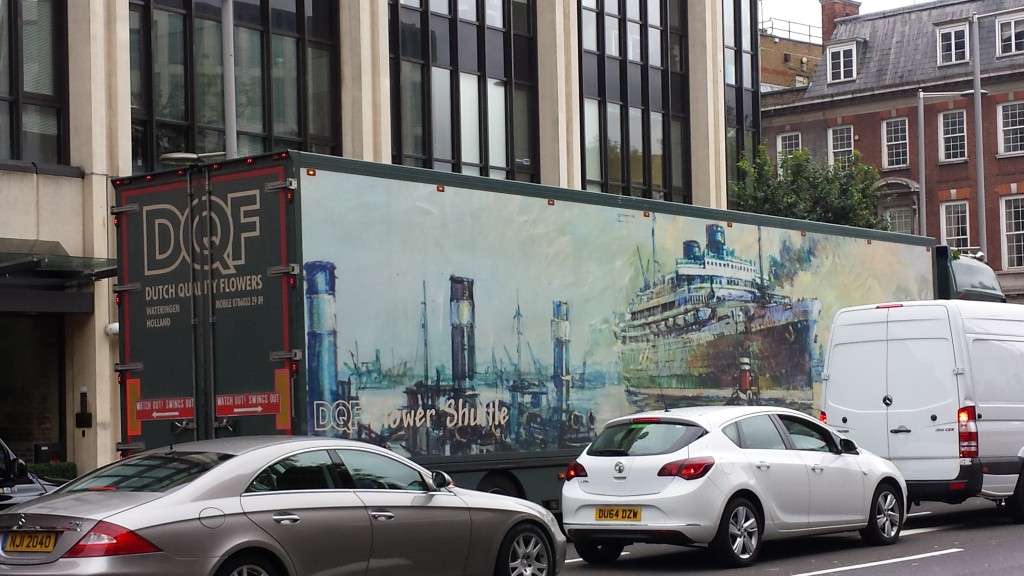
Be Now
Our very beautiful short film Be Now is finished and on its way round the festival circuit thanks to Graham’s tireless determination. It’s not available to watch in full quite yet but have a look here www.be-now.co.uk for the trailer!
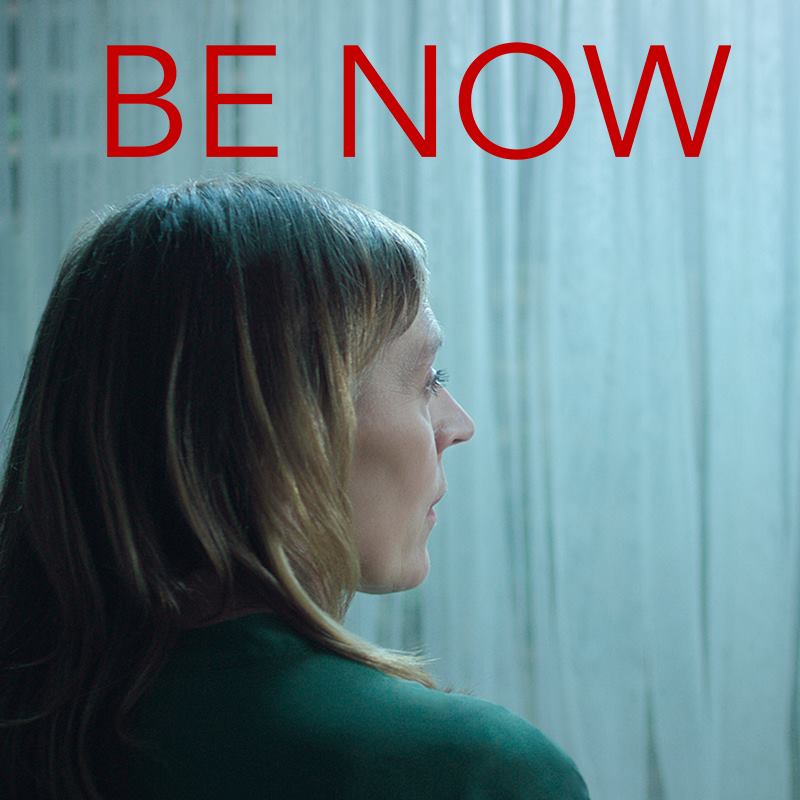
Infragreen launch
Very excited to be launching Infragreen at the RADA Bar at Malet Street next Thursday 18th June. Come along between 6.30 and 8.30 to wish it luck!
A film in my kitchen
Fifteen strangers have arrived to make a film in my kitchen. It’s only the kitchen sink they want, and a shot of the front door. For this they also need somewhere to eat, and a room for hair and make-up. The film will be about three minutes long. The women are in charge of paperwork, hospitality, styling, continuity and health and safety. The men are in charge of electricity and equipment, which arrives in solid black plastic boxes and takes up space. The women have a running joke that nobody reads the call-sheet. If the men could only read the call-sheet, they’d know what they’re supposed to be doing. But the men are too busy talking shop to do that. An actor asks us, ‘What’s your favourite film?’ We don’t know, we’re not children: we don’t have favourites, we don’t rank. I make a hot water-bottle for our star, who’s on the phone in my bedroom. It’s not clear what we’re waiting for, but everyone is calm and practical and doing their job. Except me, because I’m the writer and don’t have a job. I’m hiding at the top of the house in a room I’m keeping all to myself. I have a streaming cold and my ears are singing. If someone needs me, if something goes wrong, they’ll have to shout.
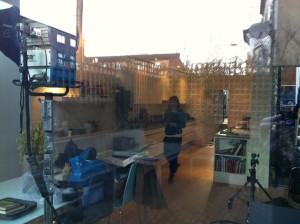
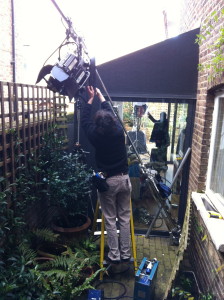
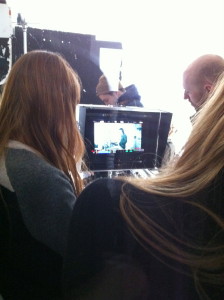
Idle Hands part 3
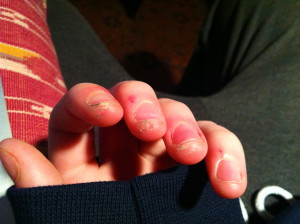
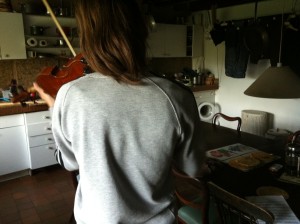
E’s hands, not remotely idle.
Ambit
I’ll be reading at the launch of Ambit 219 at 7.30 on January 27th 2015 at The Sun and 13 Cantons http://www.sunand13cantons.co.uk/ on Jan 27th 2015. Readings start at 7.30. £5 on the door or free entry with the purchase of the magazine. Doors open at 7.
Waiting, part 4
Very glad to hear Graham has found a proper producer now, so all I have to do I get the downstairs loo fixed in time for shooting at the end of February and think about how to keep next door’s dog from barking.
Idle Hands, part 2
Hedgerow harvest, 2014.
Poetry London Anthology launch
Is Hall Two at Kings Place the best spoken word venue in London? It felt like that on Monday night, when Poetry London launched its anthology with readings from eight of the magazine’s favourite poets (http://poetrylondon.co.uk). Listening conditions were close to perfect: dark silence on one side, bright sound on the other. Together, audience and readers performed several extraordinary silences.
Last year I traded in my old French factory violin for a hand-made East German, making up the difference with money left by my grandmother, who had died two weeks short of her hundred-and-second birthday not long before. (A self-taught pianist and Sunday C of E organist, she was always proud that her grand- and great-grand daughters had proper lessons on something.) The violin was for my daughter E, and I bought it from Martin Swan, who arrived at our house from Edinburgh, via Kings Cross and the Northern Line, with his arms full of ancient-looking hipped and rectilinear cases, two of which he left with us for a fortnight.
Since 2011, Martin has published his ratings of the tones of violins by ‘named makers’ for sale at auction, to show that it’s not always instruments by celebrated names that make the best sound. At http://www.martinswanviolins.com/content/tone.htm#criteria he writes:
…the greatest testament to a good violin is that you forget about it…
As for determining whether one instrument is superior to another, it comes down to the quality of relaxation I experience when playing the instrument. The more relaxed you feel, the more you can communicate.
I can’t speak for how relaxed Kathryn Maris, Jack Underwood, Moniza Alvi, Maurice Riordan, Ahren Warner, Liz Berry, Daljit Nagra and Colette Bryce felt in Hall Two stepping up to the lectern, but they each seemed to communicate more. They played their poems on their voices. We could hear them hearing themselves and responding in much the same way Martin describes:
the tone doesn’t seem to come from anywhere in particular, you feel yourself to be part of it and it to be part of you, and the sound occupies the space you’re playing in
Listening to, and watching, the responsiveness of a musician to their performance space and sound is one of the principal pleasures of attending live music. Perhaps because textual ‘voice’ is such an important part of the way we write (and perhaps also because no one wants to be accused of it) poets very rarely have the chance to lose themselves in the sound of their own voice like this. When they get it, mysterious things happen.
Elaborating his own criteria for judging the tone of violins, Martin quotes from contemporary violin maker Michael Darnton, who says great violins
respond instantly. Each note starts quickly and cleanly, without any initial noise at all (not even an icy harshness), with almost an initial pop. In quick passages each note stands out individually, not smeared into the others, even in slurred passages. It’s difficult or nearly impossible to make a bad attack – what you hear in the audience is an unusual cleanliness to the beginning of each note and separation from the previous one (which stops sounding instantly without lingering into the next note).
They also have presence – the hardest thing to hear – which expresses itself in the violin “appearing” to the ear to take up a lot of stage territory.
These descriptions are close to how Maris, Alvi, Berry and Bryce – the women – sounded to me, which is tantalizing, given the long-standing association between string instruments and voice – the violin and the female voice in particular.
In 2013 the retired biochemist and Stradivarius sleuth Joseph Nagyvary (whose first violin lessons, in Zurich, were on an instrument that had belonged to Einstein) published research using speech analysis techniques to compare the female singing voice with Itzhak Perlman playing a two-octave chromatic scale on his Guarneri del Gesu ‘ex-Sauret’ (http://www.savartjournal.org/index.php/sj/article/view/18). Both could be plotted on the same IPA vowel diagram, and Nagyvary suggests that
famous Cremonese instruments produce notes that gravitate toward certain type of vowels, implying that old masters could have used vowel identification as a means of quality assurance.
Or as a YouTube post has it:
‘Texas A&M Prof Discovers How Stradivarius Violins Mimic Human Voice’
These four poets weren’t singing (except insofar as poetry is song), and perhaps it’s far-fetched to claim they possess in-built Strads (except insofar as a great violin is in essence an attempt to recreate the voice) but each of their very different performances of very different poetry had the thrilling and delightful seriousness live music audiences pay to hear. For poetry readings, cafes and bookshops are fine: accessible, affordable, waterproof. But for live poetry a recital hall is best.